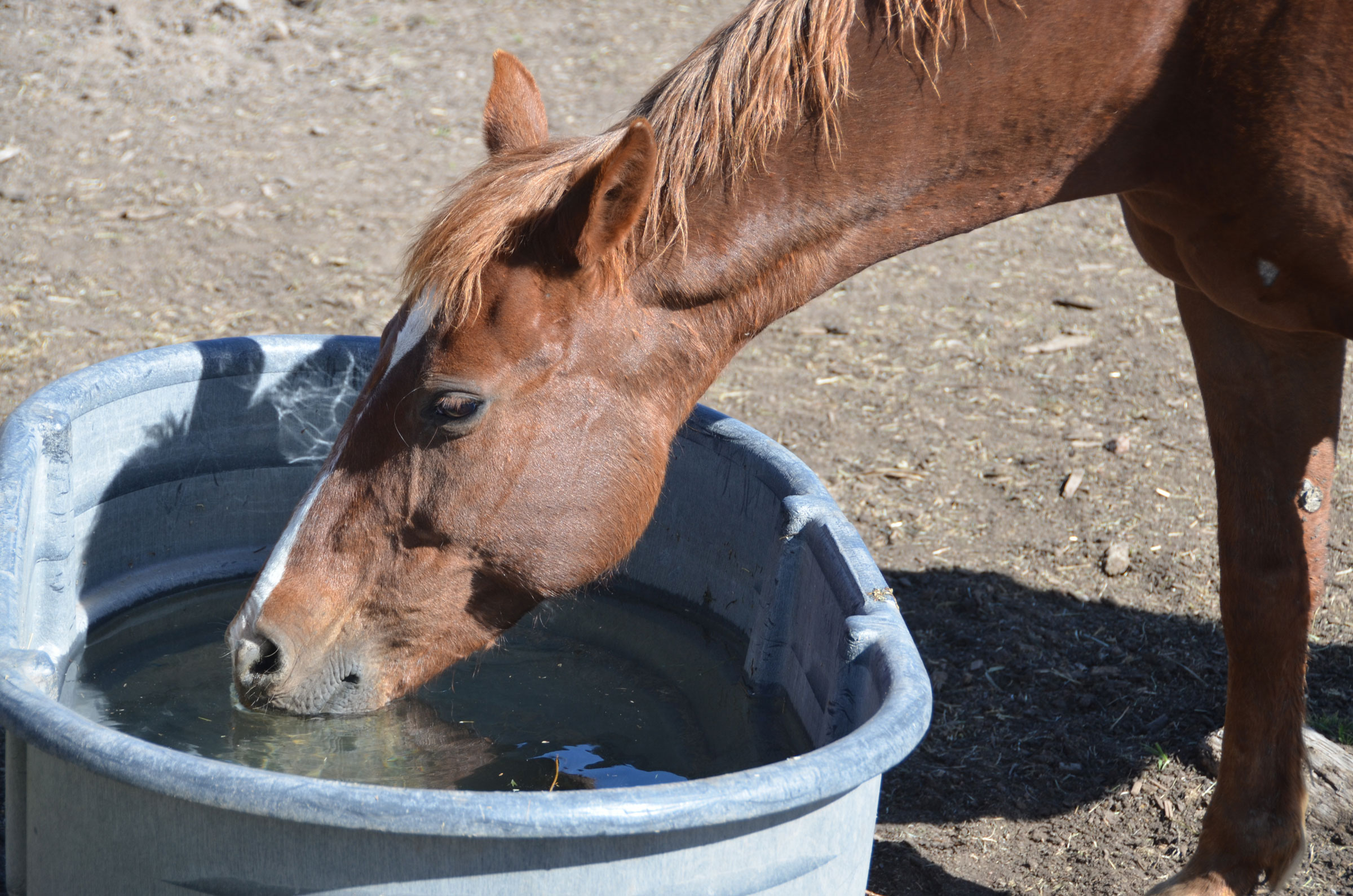
Horse owners and managers often have questions regarding water quality and water tank cleaning. Some people wonder about using bleach as a tank cleaner or water chlorinator.
Tanks can be emptied, scrubbed clean, rinsed with a 10% bleach solution, rinsed twice more with water, then refilled for immediate use.
Alternatively, bleach can be added to existing water in a tank. If regular household bleach is used in recommended quantities, followed by a waiting period prior to consumption, it can be an effective means of disinfecting water tanks. The chlorine will dissipate during the waiting period, so you don’t have to be concerned about your horse drinking chlorine.
Table 1 shows how much bleach (be sure to always use unscented bleach products) to add to varying amounts of water to disinfect relatively clean water.
After the bleach treatment, let the water stand for at least an hour before allowing the horse to drink. If the water is cold (less than 10°C or 50°F), increase the waiting period to two hours.
If you are treating water that was obtained from a lake, stream or shallow well that might be contaminated with chlorine-resistant parasites from animal droppings, double the amount of bleach and wait for 2 hours before allowing your horse to drink.
Water tanks need to be cleaned frequently, even in the winter, to avoid algae buildup (which will decrease voluntary water intake and could be toxic) and unsanitary tank conditions.
Strict adherence to recommended levels of bleach and the subsequent waiting time need to be followed in order to avoid over application, which can lead to toxicity.
Table 1. Amount of bleach needed to disinfect water
Gallons of Water to Disinfect Amount of Bleach Needed*
1 2 drops
5 11 drops
50 1 3/4 teaspoon
100 3 1/2 teaspoon
500 6 tablespoons
*Will produce water with about 2 parts per million of chlorine


